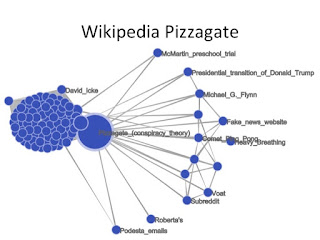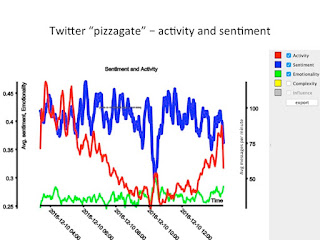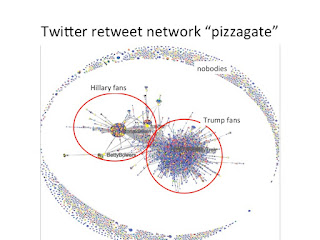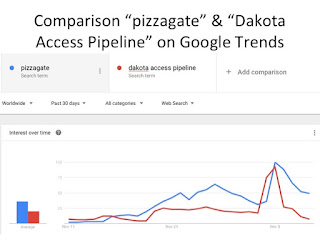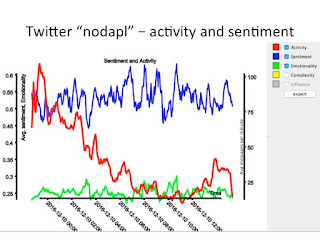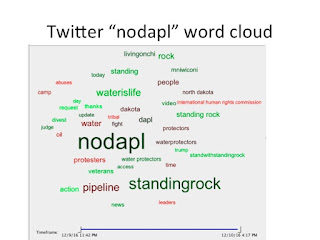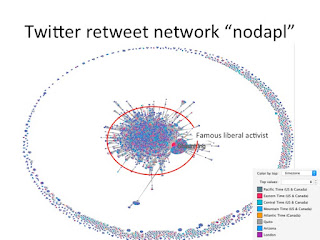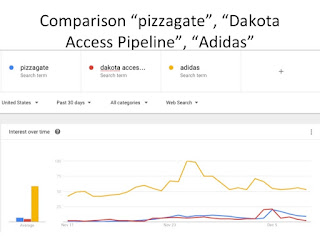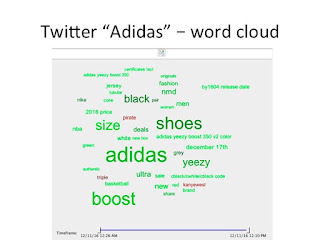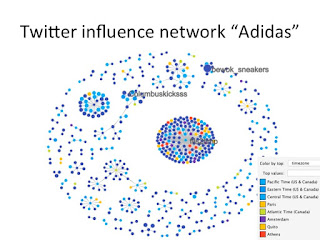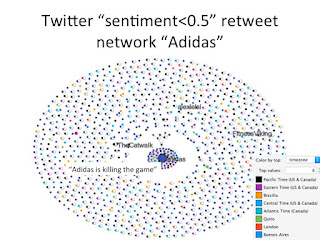Can Social Media Analysis Debunk Fake News? – Analyzing “Pizzagate” - Peter Gloor
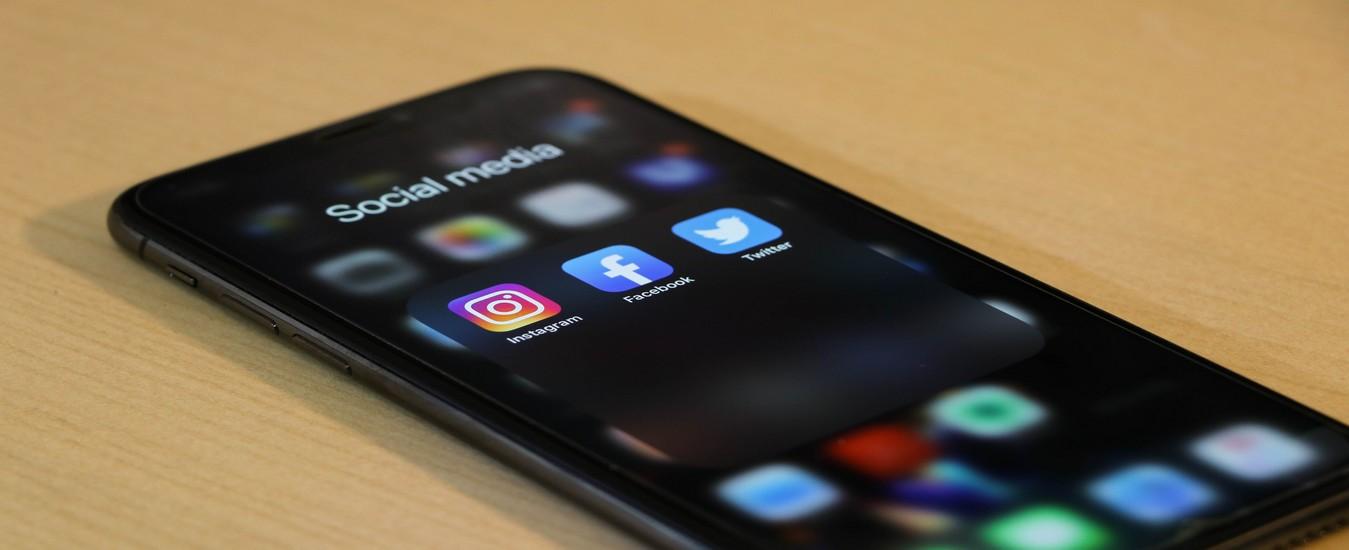
At the end of the 2016 US Presidential elections, in early November an even more absurd claim was made, accusing Hillary Clinton to run a pedophile ring out of a pizza restaurant in Washington. Called “pizzagate”, it became a favorite call to arms among right-wing extremists and Donald Trump supporters, leading one incensed fanatic to drive a few hundred miles from Salisbury, North Carolina to Washington DC, and firing his automatic gun in the pizza restaurant. As most of this rumor spreading was (and still is) happening on social media, I was curious to see if I could identify some discernible characteristics of fake news on Twitter and the Web, using our social mediaanalysis tool Condor and Coolhunting.
I started by creating the Wikipedia link map around the pizzagate article on Wikipedia. The network below shows the links of Pizzagate to Donald Trump, as well as to Michael Flynn, the son of a Trump campaign team member, who was dismissed after a tweet supporting the conspiracy theory.
I then proceeded to collect 18,000 tweets about “pizzagate” on December 10, 2016 at about 2pm. As there was feverish tweeting, the last 18,000 tweets only covered about 8 hours. There were between 40 and 120 tweets per minute about pizzagate in this time. The sentiment of the tweets, not surprisingly considering the grisly topic, was rather negative, hovering around 0.4 (sentiment of 0.5 would be neutral, from 0.5 to 1 would be positive.)
The picture below shows the twitter network, each node is a person tweeting, a link between two people means either that one person is retweeting a tweet sent by the other person, or is mentioning the other person in a tweet.
There is a large cluster in the center of the network, made up of believers in the fake news. They are reinforcing each other, and increasing the traffic in their echo chamber. The few supporters of Hillary, trying to debunk the fake news, are pushed aside, their tweets are ignored by the large echo chamber of conspiracy theory believers. The people in the periphery (the “asteroid belt”) are tweeting into the void, as their tweets are ignored from friends and foes alike.
Using Condor’s influencer algorithm reinforces this picture. Condor’s influencer algorithm makes somebody an influencer, if the words she or he is using, are picked up by others and spread quickly through the network. As the picture below shows, there is just one voice of reason left, while the proponents of pizzagate reinforce each other even more, with a cluster of influential spreaders of wild ideas in the center, and other conspiratorialists in the periphery of the cluster, being retweeted by hundreds of others (shown as “parachutes” in the graph).
Comparing Fake News with Real News
Comparing the (fake) news network against a brand network
Recommended Articles
Seeing is Believing.
Many software demonstrations end up being generic product promotions. We take the time to understand your specific needs before preparing a customised demonstration that provides you with: • Case studies of how organisations similar to yours have used our technology to improve related issues. • Scientific evidence published in major journals to back-up our statements. Please complete this form and a platform expert will be in touch shortly to take you through a demo of our technology with evidence relevant to your needs.
